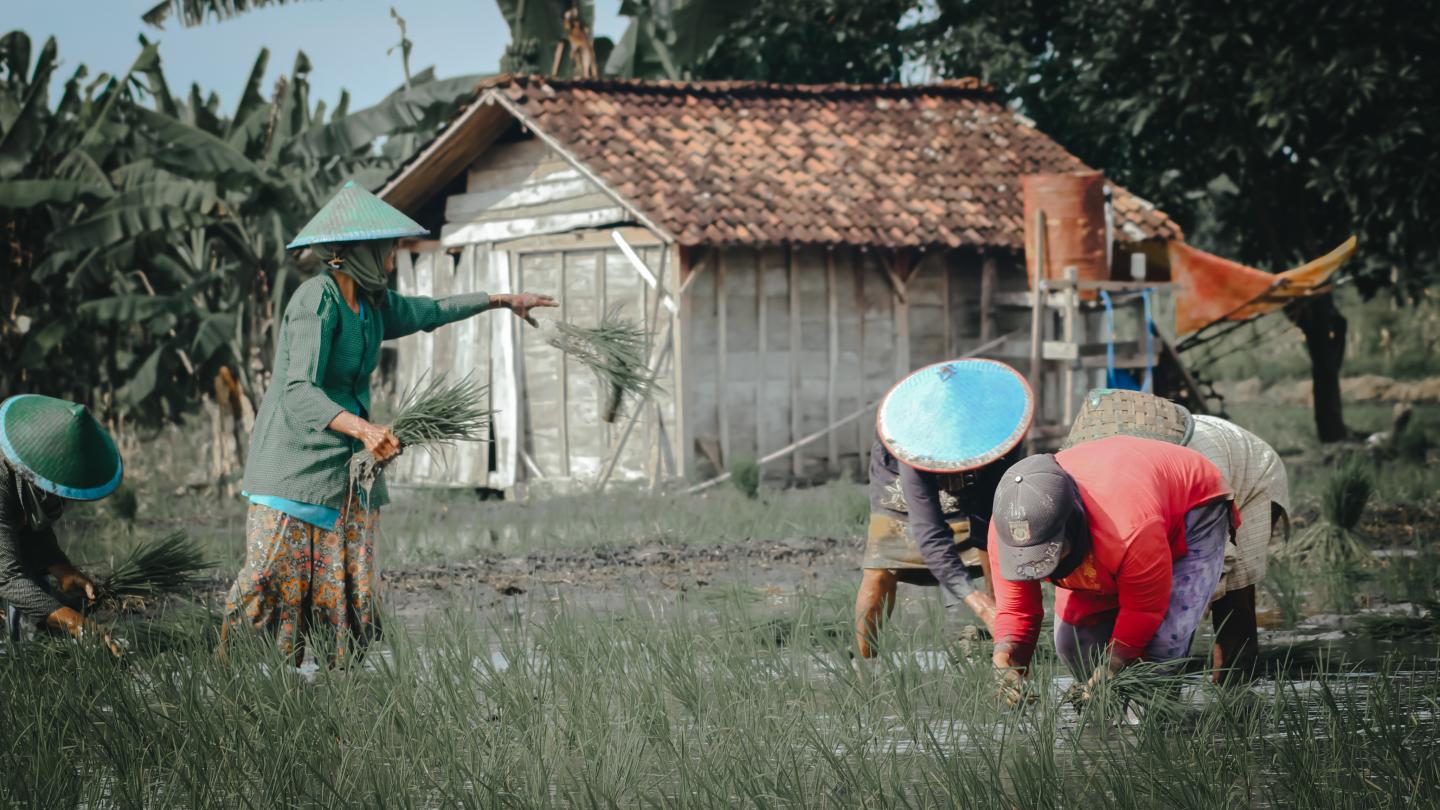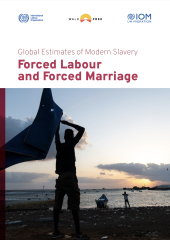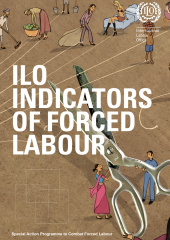
People in forced labour exploitation are subjected to multiple forms of coercion to compel them to work against their will.
Definition
Forced labour can be understood as all work or service which is exacted from any person under the threat of a penalty and for which the person has not offered himself or herself voluntarily.
Context
Forced labour is a concern regardless of a country’s wealth. More than half of all forced labour occurs in either upper-middle income or high-income countries. When population is taken into account, forced labour is highest in low income countries (6.3 per thousand people) followed by high income countries (4.4 per thousand).
Risk factors
Individuals have been found to be more vulnerable to forced labor than others when characterised by: unstable immigration status, language barriers, poverty and lack of basic needs, psychological effects of a recent or past trauma, lack of social support systems, and physical or developmental disabilities.
Industries
The five sectors accounting for the majority of total adult forced labour (87%) are services, manufacturing, construction, agriculture, and domestic work. Other sectors form smaller shares but nonetheless still account for hundreds of thousands of people (mining and quarrying work, forced labour aboard fishing vessels, begging on the street, and illicit activities).
Statistics
According to the latest Global Estimates of Modern Slavery, there are 27.6 million people in situations of forced labour, which translates to 3.5 people in forced labour for every thousand people in the world. Women and girls make up 11.8 million of the total in forced labour and more than 3.3 million of all those in forced labour are children.

